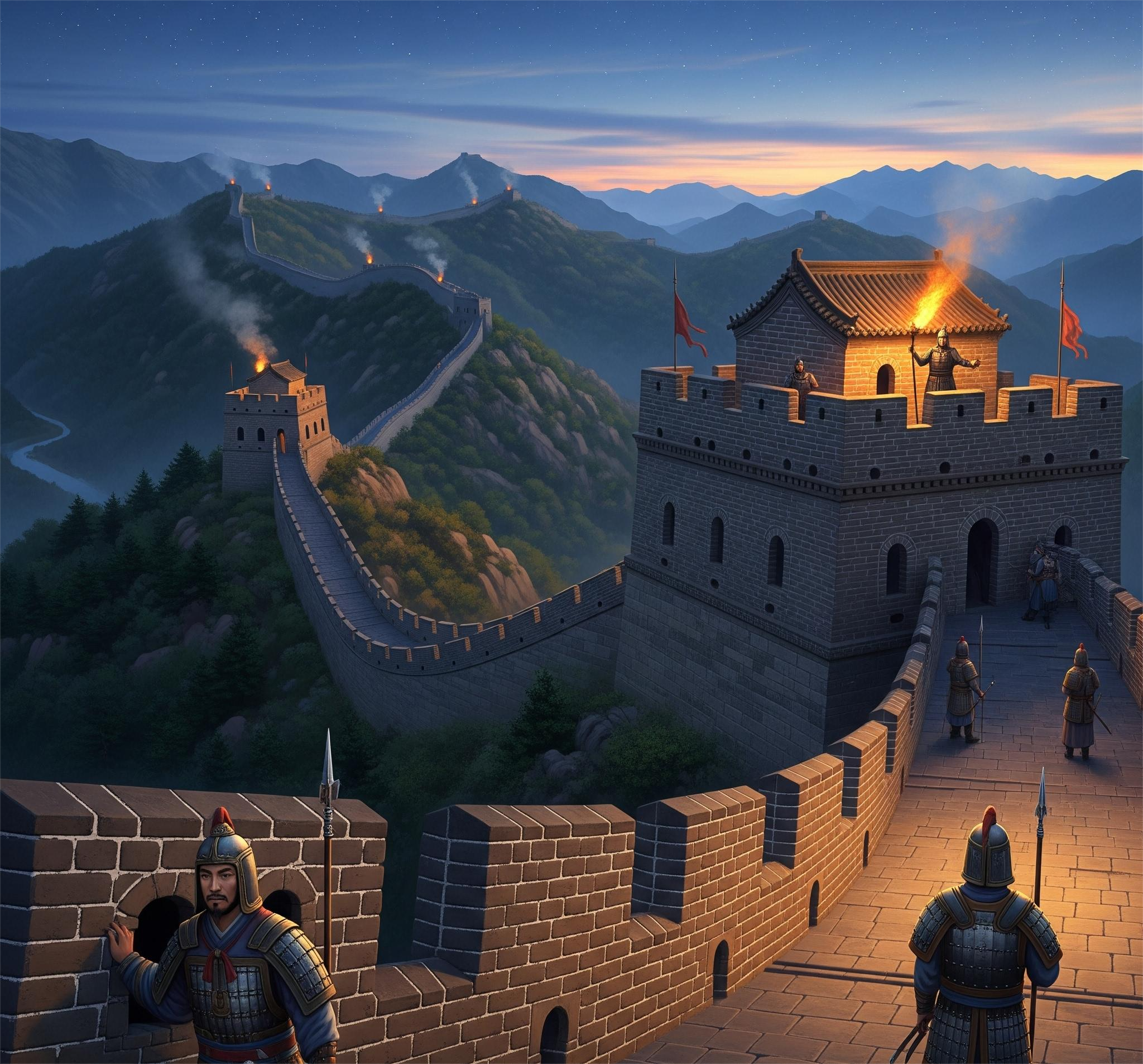The ancient city of Rome is buried underground due to a combination of factors, including wind-blown dust and weeds, flooding from the Tiber River, and debris from ruined buildings. Plants took root on the roofs and walls of untended buildings, causing soil to build up slowly but steadily. Rome was also prone to serious floods, which often left thick layers of silt and trash. However, far and away the greatest culprit was debris from ruined buildings. In a typical Roman apartment building, the outer walls were brick-faced concrete and the roof was tile, but almost all the rest was wood.
Once the building was abandoned, the wood decayed and, once rain and frost weakened the mortar and earthquakes brought the walls crashing down, there would be a grass-covered mound a story or so tall on the side of that apartment building. In the case of a large structure, that mound might be the size of a small hill. The medieval inhabitants of Rome scavenged bits of stone from these piles, but they had no use for broken tile or chunks of concrete so they simply ignored the rubble or leveled it and built on top of it.







